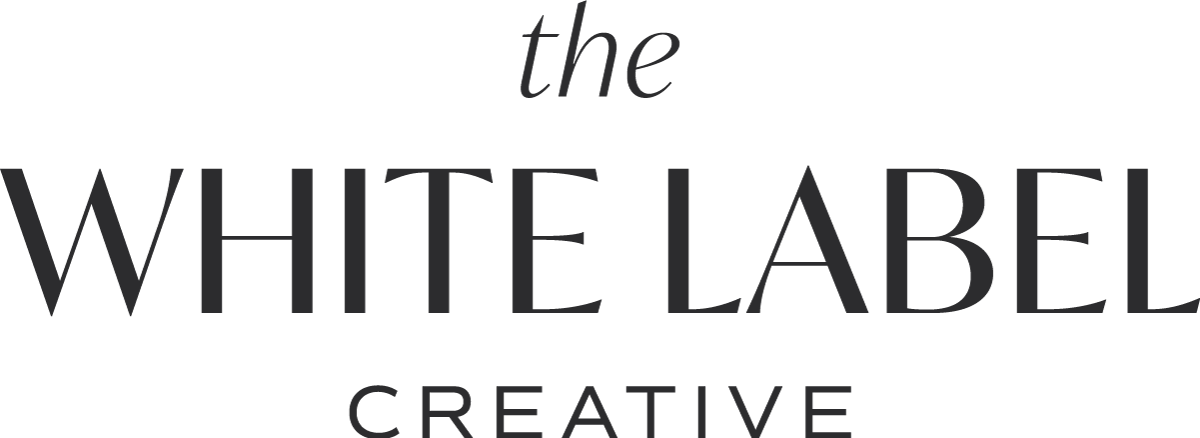Marketing vocabulary lesson number three! Here are ten marketing terms to add to your advertising toolkit:
- Affiliate Marketing
Imagine outsourcing your company’s salespeople [1]. Now imagine your outsourced salespeople each have a strong online following. What you are imagining is affiliate marketing [1]. Affiliate marketing is a digital strategy many firms use where they pay commissions to third party salespeople for advertising their company and products online [2]. The advertisers/salespeople/influencers receive commission based on a performance metric, such as clicks, sign-ups, or sales [2].
- Awareness
Many marketers target brand awareness in their campaigns. Though awareness is not directly related to sales, marketers believe building awareness will eventually lead potential customers to purchase the firm’s product. Awareness is typically measured in one of two ways. One way marketers measure awareness is by measuring a person’s ability to generate a brand name. For example, if a marketer asked you to name any cellular providers you could think of in that moment. Off the top of your head, you might remember advertisements you have seen and mention T-Mobile, Sprint, and AT&T. Another way advertisers measure awareness is by showing you company names or logos and testing your recognition.
- Buyer Persona
A buyer persona is a profile for your firm’s ideal customer, based on your current customers and market research [3]. Your buyer persona may even have a fictional name and appearance like a real person. Then, when your company contemplates different business strategies, you can ask yourself, “would Dave like this product?” referencing Dave, your fictional perfect customer. To create a buyer persona for free online, check out Xtensio.com.
- Churn Rate
Churn rate measures how well your firm retains its clients [3]. To calculate it, take the number of customers you lost during a certain timeframe and divide by the number of customers you started with at the beginning of the timeframe [3]. The goal is to lower your churn rate by losing fewer clients.
- Guerilla Marketing
Guerilla marketing uses surprises to its advantage [4]. It is the use of unconventional marketing tactics and minimal budget to generate effective advertising results [5]. Oftentimes guerilla marketing means utilizing word of mouth communication to generate hype over a product. The streets of New York City are lined with guerilla marketing tactics, such as sidewalk chalk designs and giant art displays meant to promote a product.
- Lifecycle Stages
In an ideal marketing world, customers would see an advertisement for the first time and immediately purchase your product. But the real process is oftentimes much, MUCH longer. Marketers typically divide the process people go through before they even purchase your product as the customer lifecycle. The customer lifecycle is broken down into three broad phases: awareness, evaluation, and purchase [3]. As a firm, you put out a lot of marketing content, but your different pieces may speak to potential customers in the different phases of their lifecycle [3]. For example, some of your advertisements may be simply designed with a link to purchase the product and without much information about your actual product, which may help customers more in the awareness and purchase phases, rather than the evaluation stage.
- Native Advertising
Native advertising is like advertising in disguise. It is a type of online marketing where the advertisement is meant to look and feel like regular, unpaid content on that platform [3]. Pinterest is a great social media platform for native advertising because sponsored advertisements look almost exactly like regular pins.
- News Feed
News feeds are used on social media to group online new sources [3]. For example, Facebook’s News Feed and Twitter’s Timeline group all the recent posts from a user’s connections [3].
- User Experience (UX)
User experience is the collection of experiences a customer has with your firm, from their original discovery of your business to their eventual product purchases and even promotion of your brand [3]. A customer’s experiences should be consistent and positive if you wish to maintain the customer long-term. Think about your buyer persona defined above; would your ideal customer be happy with the experiences they have with your website, your digital advertisements, your salespeople, and your customer service representatives?
- User Interface (UI)
Imagine you are scrolling through a company’s website. You can navigate to different pages, enter forms, and open PDFs all through the site. What you do not see is the complicated software used to make your interactive display a reality. The interactive and easy-to-use website layout that hides all the complex coding is called the user interface or UI for short [3]. Marketers care greatly about UI because it can make or break an experience for the customer. Have you ever used a website that was difficult to navigate? Chances are you were not moved to purchase a product from there. At worst, you may have lost respect for the company that owned the site.
There are ten more words to keep you in the marketing loop! If you missed parts one and two, go back in our blogs to find more marketing terms you need to know.
[1] https://www.investopedia.com/terms/a/affiliate-marketing.asp
[2] https://marketing-dictionary.org/a/affiliate-marketing/
[3] https://blog.hubspot.com/marketing/inbound-marketing-glossary-list
[4] https://www.investopedia.com/terms/g/guerrilla-marketing.asp

